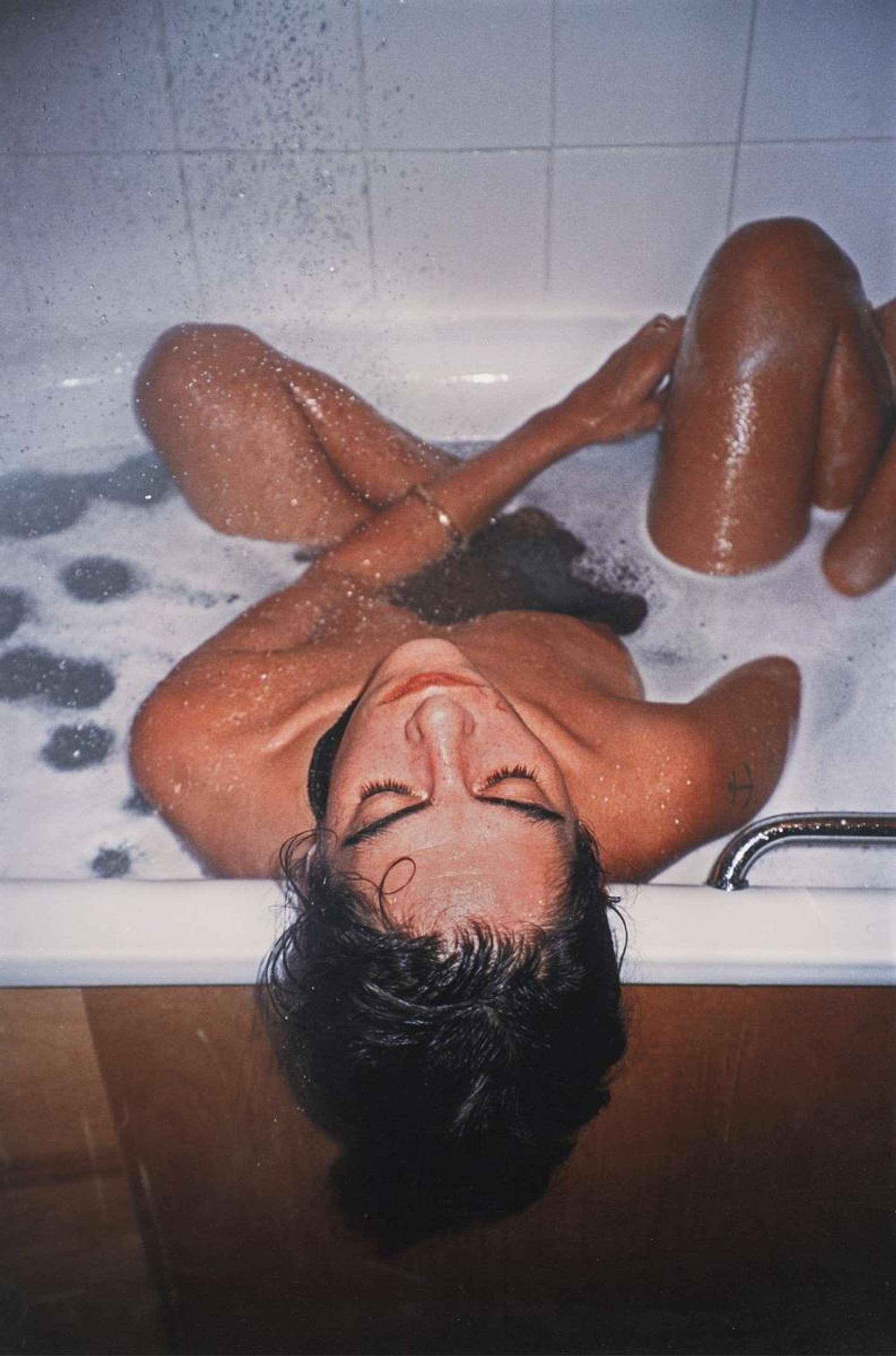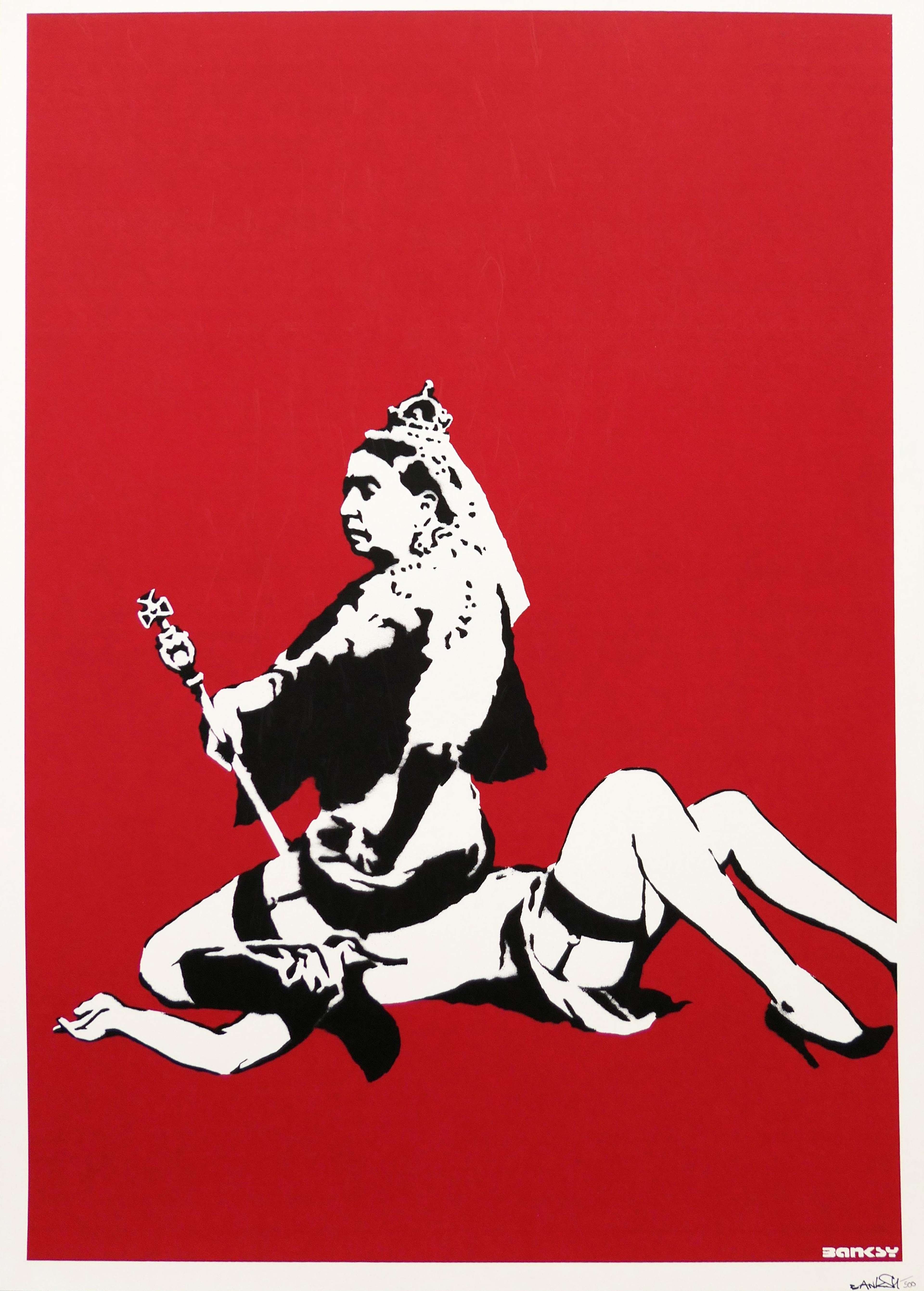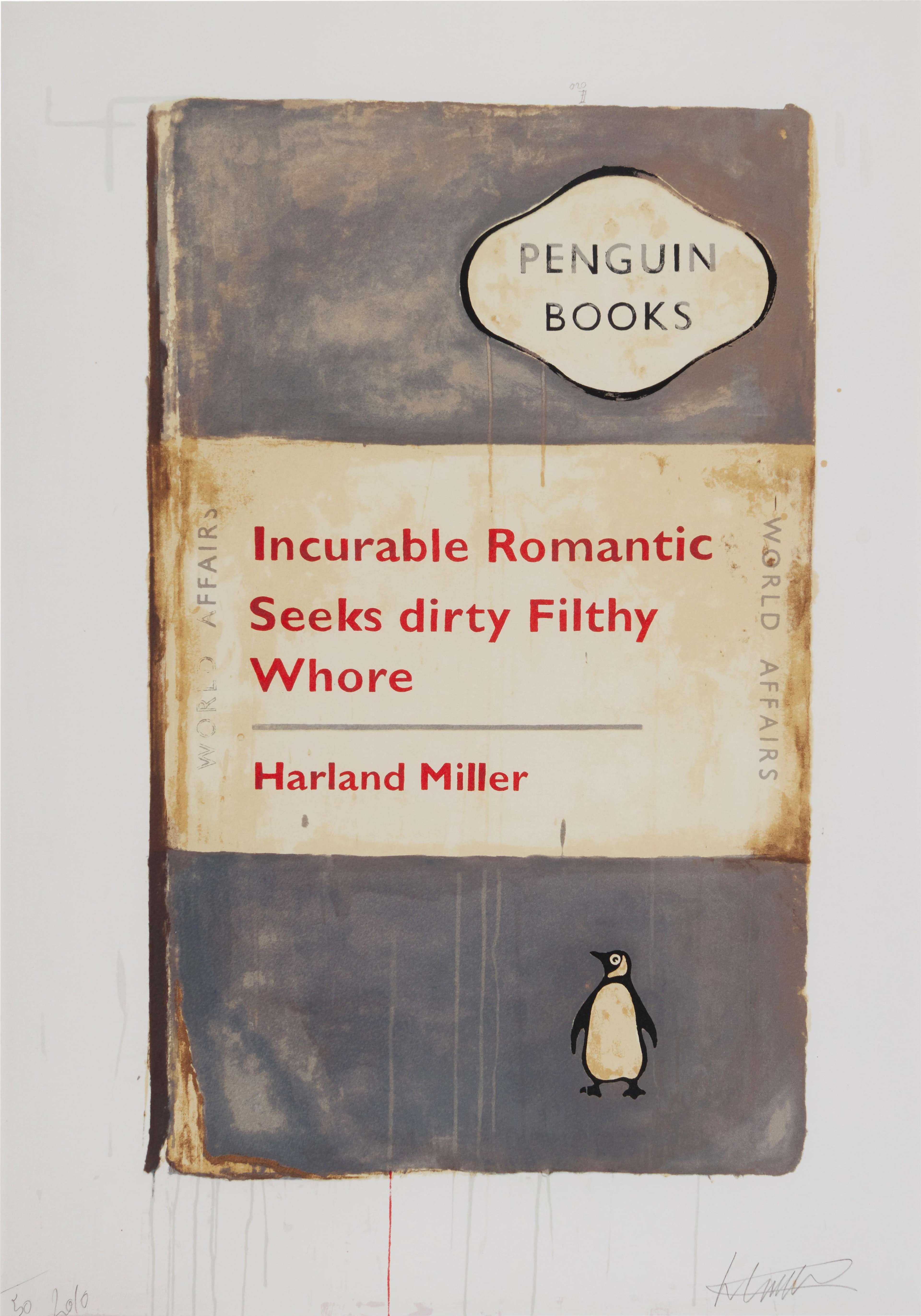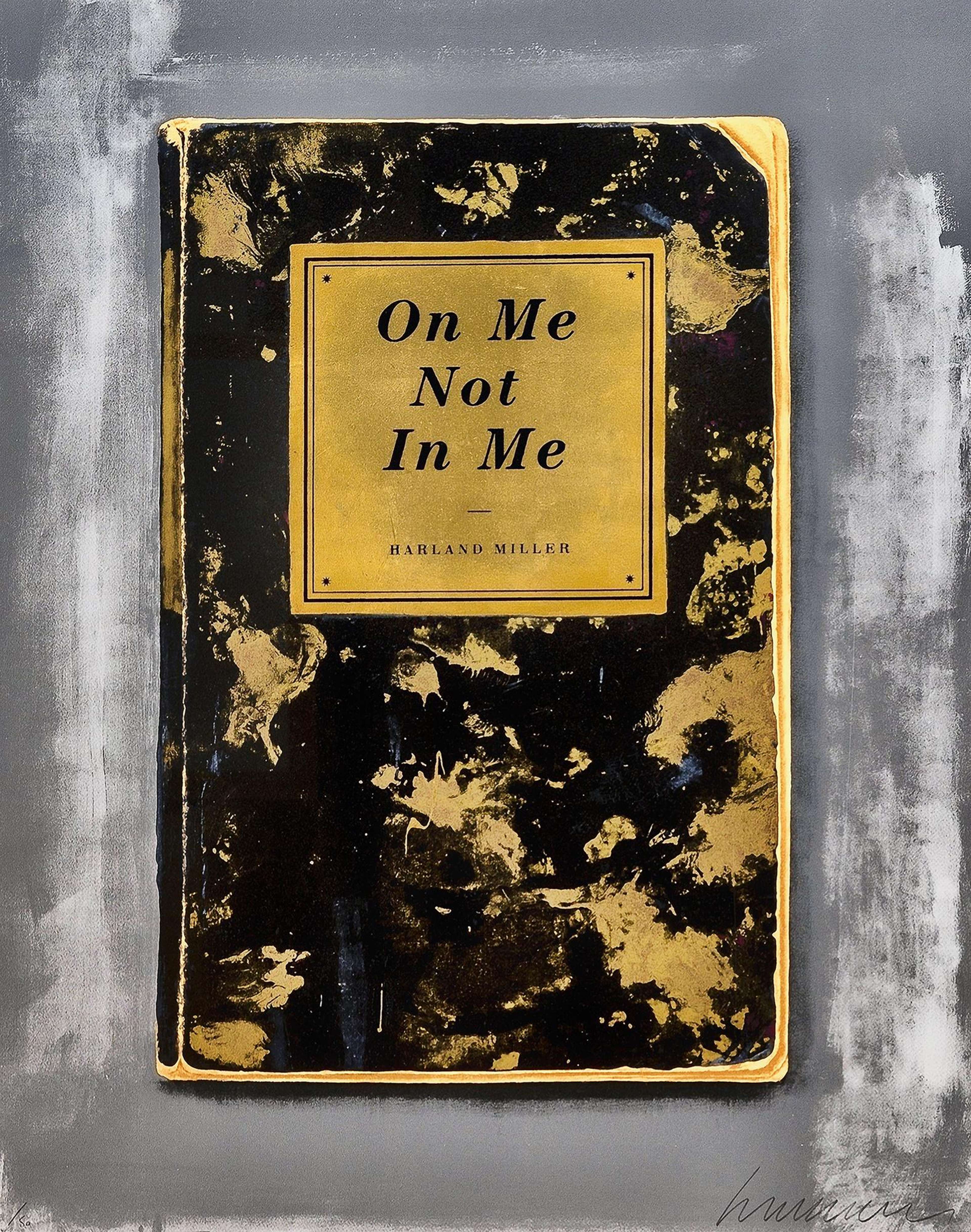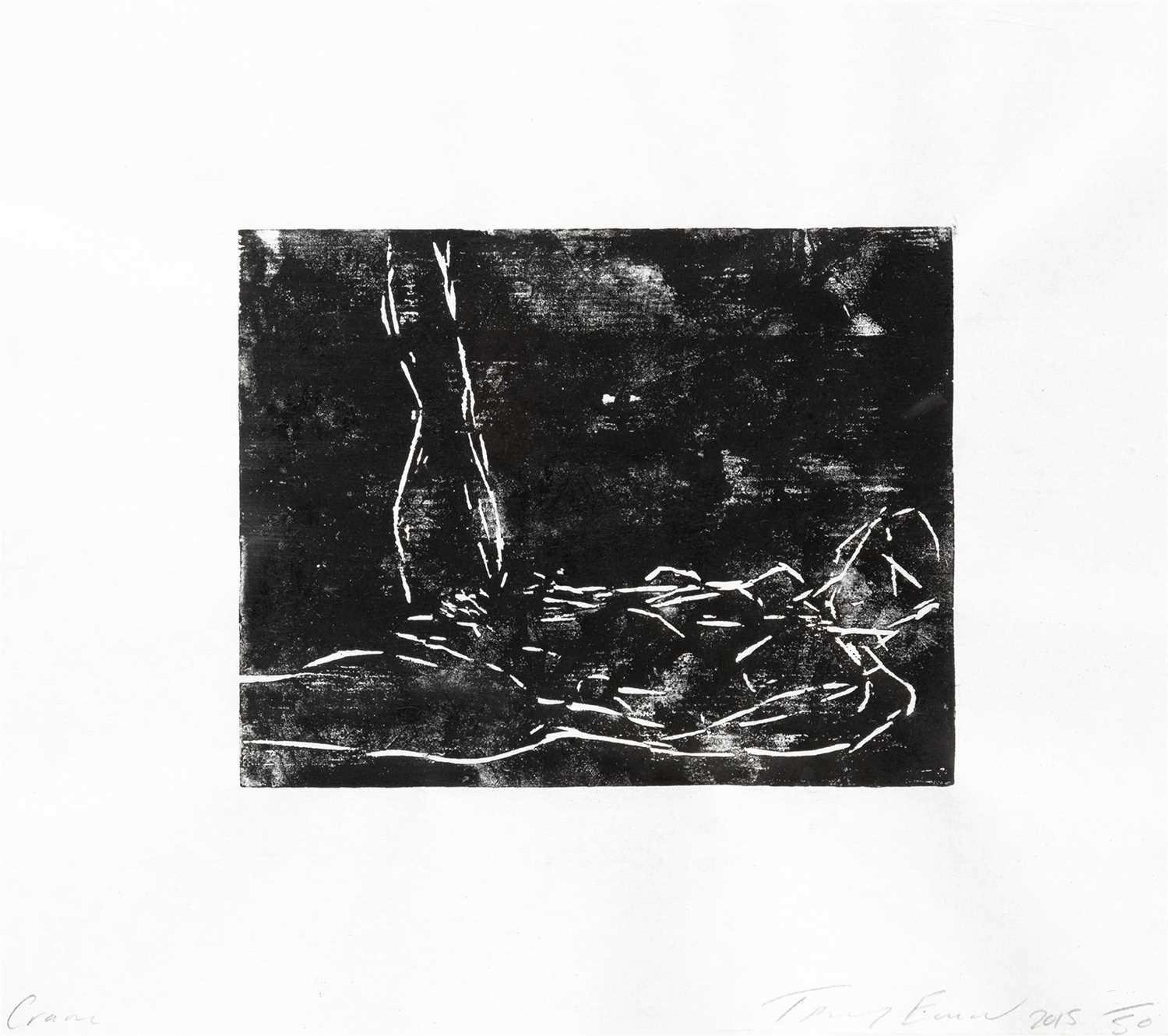 Crane © Tracey Emin
Crane © Tracey EminMarket Reports
Erotic art has played an important role in promoting social justice and advocating for sexual liberation. By challenging societal norms and pushing the boundaries of what is considered acceptable, erotic art has been a powerful tool for artists to address issues related to sexuality, gender, and identity. Through their work, artists have been able to advocate for greater sexual freedom and push back against the constraints of oppressive systems. This article will explore the role of erotic art in promoting social justice and sexual liberation, with notable works and key figures in the field.
Art and Identity: Exploring Sexuality through Art
Art and identity are intertwined, and one way artists have explored their identity is through their sexuality. Sexuality is a complex and nuanced aspect of one's identity that can be challenging to express, particularly in a society that often imposes social norms and boundaries on sexual expression. However, art can be a powerful tool for exploring and celebrating sexuality, breaking down taboos and boundaries, and providing a platform for marginalised communities to express their sexuality freely.
Here are some of the most poignant expressions of sex, erotica and love from our artists:
Tracey Emin
Tracey Emin explores themes of sexuality and the human body, often using her own body and personal experiences as subject matter. Emin is known for her use of various mediums to create deeply personal and provocative works.
Emin's frank and unapologetic approach to sexuality is displayed in works like Nude Drawings and The Last Great Adventure Is You. These drawings depict the female body in various poses, often in highly sexualized positions. Emin challenges traditional notions of beauty and femininity, and celebrates the power and beauty of the female form, absent of the male gaze.
Andy Warhol
Another artist who has used his art to explore sexuality is Andy Warhol’s Sex Parts features bold and provocative images of genitalia. Warhol's work challenges the notion that sex should be hidden or ashamed of and instead celebrates it as a natural part of the human experience.
Despite its daring exploration of taboo subjects, a full set of Sex Parts sold for $47,500 at the David Rago auction house on February 24, 2022 - a figure many consider undervalued in the art market, likely due to the explicit nature of the works.
Keith Haring
Keith Haring’s series Bad Boys celebrates the diversity of male sexuality and expression, prompting a visual remedy and response to society’s homophobia. He uses his signature style to depict playful, erotic exchanges between men with an exciting and explicit energy.
David Hockney
David Hockney's erotic prints explore the sensuality of male bodies through a lens of beauty and tenderness. His work celebrates the male form and its capacity for pleasure and desire, challenging traditional notions of masculinity and heteronormativity, inviting viewers to consider vulnerability in the nature of men.
Harland Miller
Harland Miller's Incurable Romantic Seeks Dirty Filthy Whore playfully explores sexuality, love, and desire through humour through its curiously stylish book covers. Miller often uses his Vintage Penguin Book Cover works to make sarcastic and often lewd comments. This work is certainly no exception and proves one undeniable thing - whether in prose, painting or prints: sex sells.
Banksy
Banksy's Queen Victoria is a satirical exploration of sexuality and power. The work features Queen Victoria as a dominatrix, challenging traditional notions of femininity and power dynamics. Banksy's work is a reminder that sexuality is not only about pleasure but also about power and control, and how these dynamics shape our society.
Erotic Art in Contemporary Culture: Pushing Boundaries and Challenging Taboos
Erotica has been a source of inspiration for artists throughout history, influencing the way they approach sexuality and desire in their work. From the erotic art of ancient Greece and Rome to the provocative works of contemporary artists, the exploration of sexual expression has been a recurring theme in the history of art. Erotica has been used by artists to challenge societal norms, break taboos, and push the boundaries of what is considered acceptable in art.
By exploring themes of sexuality, desire, and eroticism, artists have been able to express themselves and their ideas in ways that might have otherwise been considered too controversial. Erotica has also played a role in shaping cultural attitudes and beliefs around sexuality, helping to break down stigmas and encourage more open and honest conversations around sexual expression.
With the rise of social media and the internet in contemporary culture, erotic art has become more accessible than ever before, allowing artists to reach wider audiences and spark important conversations about sexuality and its place in society.
Takashi Murakami is a Japanese artist whose work incorporates erotic and provocative imagery into colourful and whimsical pop art Pop Art. His work challenges traditional ideas around femininity and sexuality, often featuring images of hypersexualised female characters in his My Lonesome Cowboy sculpture. Murakami's work is playful and irreverent, yet also deeply thought-provoking, inviting viewers to explore their own attitudes and beliefs around sex and desire.
Erotic Art and Social Justice: The Role of Art in Promoting Sexual Liberation
Erotica in art has been a significant tool for promoting sexual liberation, regardless of the perspective of the artist. However, there is a difference in the way that male and female artists approach the topic of erotica and sexual liberation.
Historically, male artists have dominated the field of erotic art, with many of their works depicting female bodies as objects of desire. This has led to a criticism of the male gaze and the way in which women have been objectified and fetishised in art. However, male artists have also been instrumental in challenging societal norms and promoting sexual liberation through their work.
Female artists, on the other hand, have often been marginalised in the field of erotic art, with their works being viewed as less important or less valuable than those of their male counterparts. However, female artists have also been instrumental in promoting sexual liberation and challenging traditional ideas around sexuality and gender. Feminist artists like Judy Chicago and Barbara Kruger have created works that challenge the objectification of women in art and promote a more inclusive and empowering attitude towards female sexuality.
The value of erotica in art as sexual liberation lies in its ability to challenge traditional ideas around sexuality and promote a more open and honest dialogue around the complex and often taboo topic of sexuality. Erotic art can serve as a tool for promoting sexual liberation by depicting the human form in an unfiltered and raw way, challenging traditional notions of beauty and desirability, and encouraging viewers to embrace their own bodies and desires. Regardless of the perspective of the artist, the value of erotica in art lies in its ability to promote sexual liberation and challenge societal norms around sexuality and gender.
Tracey Emin promotes sexual liberation through her art by challenging traditional notions of beauty, desirability, and vulnerability. Her artwork often depicts the human form in an unfiltered and raw way, which challenges conventional beauty standards and promotes a more inclusive and accepting attitude towards different body types.
Sex & Art as a Form of Activism
Through the use of explicit imagery, taboo topics, and provocative themes, artists have been able to challenge traditional ideas around beauty, desire, and gender, promoting a more inclusive and accepting attitude towards different sexualities and identities. Art has also been used to promote social justice and advocate for marginalised communities, with artists using their work to challenge homophobia, misogyny, and other forms of oppression.
Overall, sex and art have been powerful tools for promoting social change and challenging societal norms, and will continue to play a vital role in shaping our attitudes towards sexuality and identity in the years to come.





